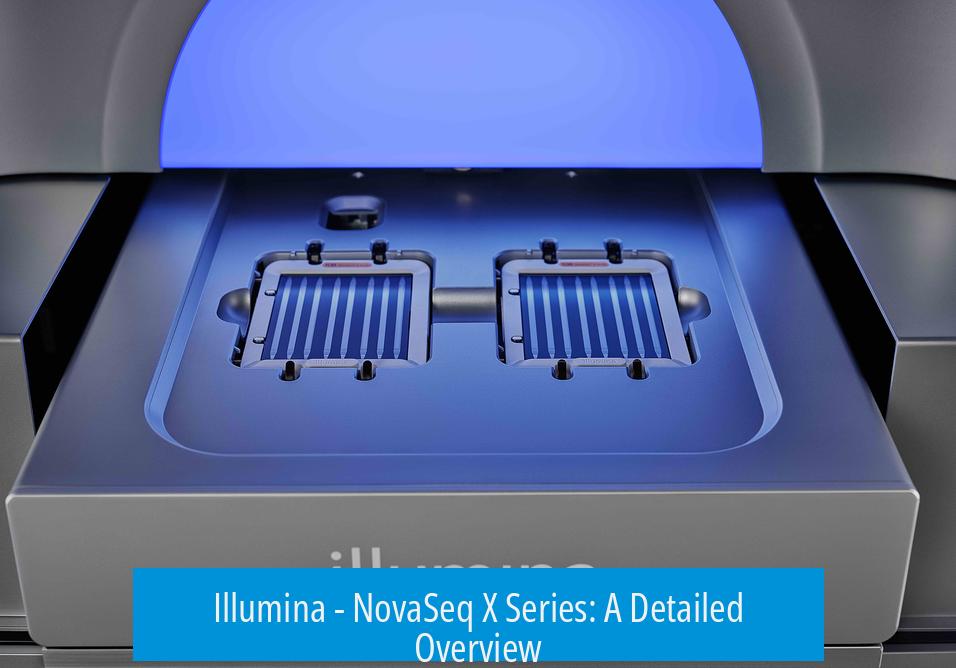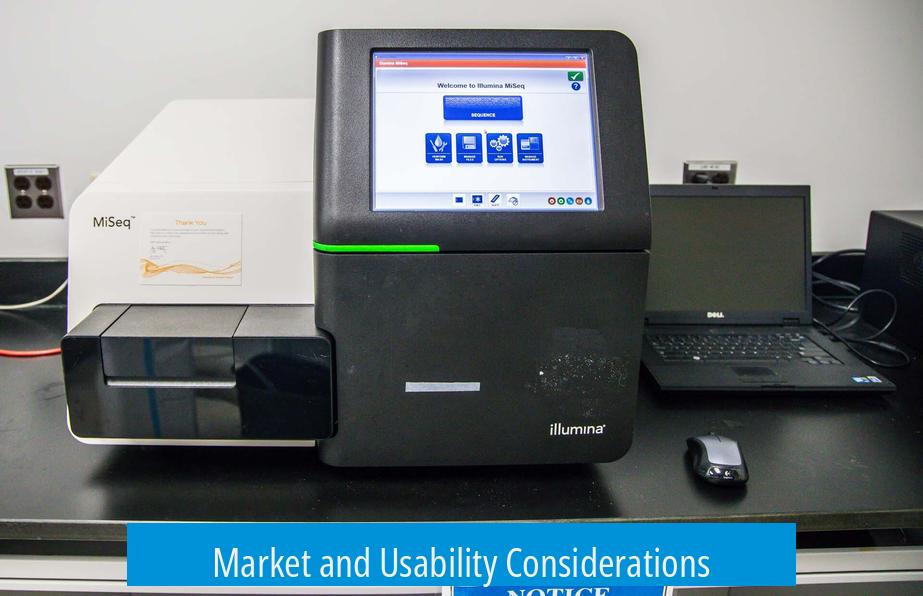Illumina – NovaSeq X Series: A Detailed Overview

The Illumina NovaSeq X Series enhances genome sequencing with faster throughput and advanced technology but does not fully deliver a $200 genome due to associated costs and technical constraints.
Cost and Economics of Genome Sequencing
The phrase “a $200 genome” is an optimistic target rather than a current reality. While theoretically possible to hand over raw data at that price if all conditions were ideal, real costs remain higher. These include expenses for the sequencing machine, reagents, flowcells, automated library preparation, and personnel. A practical sequencing project often costs around $3,000 per genome at commercial facilities.
- Sample preparation and reagents contribute significantly to costs
- Automation is essential to drive costs down through multiplexing
- Human labor and machine amortization add to overall expenses
Technology and Throughput
The NovaSeq X Series builds on established sequencing technology. Advances focus primarily on improving speed and increasing throughput. This means more genomes can be sequenced in less time, making large-scale projects more feasible. However, these improvements do not overcome all technical shortcomings inherent to the technology.
Scientific Foundations and Engineering
This platform leverages multidisciplinary advances, combining materials science to enhance flowcells, enzymology for efficient DNA replication, and sophisticated hardware and software engineering to manage high data volumes. The integration of these fields optimizes sequencing performance.
Market and Usability Considerations

If the NovaSeq X Series achieves the $200 genome convincingly, it would shift the market significantly. The reduced cost could democratize access to genome sequencing. Such a development would also create secondary markets, including aftermarket sales of raw data for research and clinical uses.
Limitations Related to Read Length
A key technical limitation remains the relatively short read lengths generated by the NovaSeq X Series. For comprehensive, full genome sequencing, longer reads are preferred. Longer reads improve genome assembly and detection of structural variants, areas where short-read platforms face challenges.
Key Takeaways
- NovaSeq X improves throughput and speed on established technology
- Achieving a true $200 genome requires reducing sample prep and labor costs significantly
- Engineering advances span materials, enzymology, and computational fields
- Short read lengths limit applications in certain complex genome analyses
- Lower costs could disrupt markets and increase accessibility
What factors influence the true cost of sequencing a genome on the NovaSeq X Series?
The $200 genome price is theoretical. Actual costs include machine use, reagents, flowcells, automation, and labor. Multiplexing many samples helps lower costs but total expenses often reach thousands per genome.
How does the NovaSeq X Series improve sequencing throughput?
It advances existing Illumina technology. The machine is faster and supports higher throughput, allowing many genomes to be sequenced simultaneously. However, it still has technical limitations.
What scientific fields contributed to the development of the NovaSeq X Series?
Materials science, enzymology, hardware, and software engineering all played key roles. The platform builds on progress in these areas to enhance sequencing performance and reliability.
Are there limitations on the read length with the NovaSeq X Series?
Yes, the platform typically produces shorter reads compared to some other sequencing technologies. Long read lengths are important for comprehensive genome assembly, which remains a challenge here.
Is the NovaSeq X Series suitable for all genome sequencing needs?
Not always. While it excels at high-throughput short-read sequencing, it may not be the best choice when long reads are essential or for certain specialized applications.





Leave a Comment